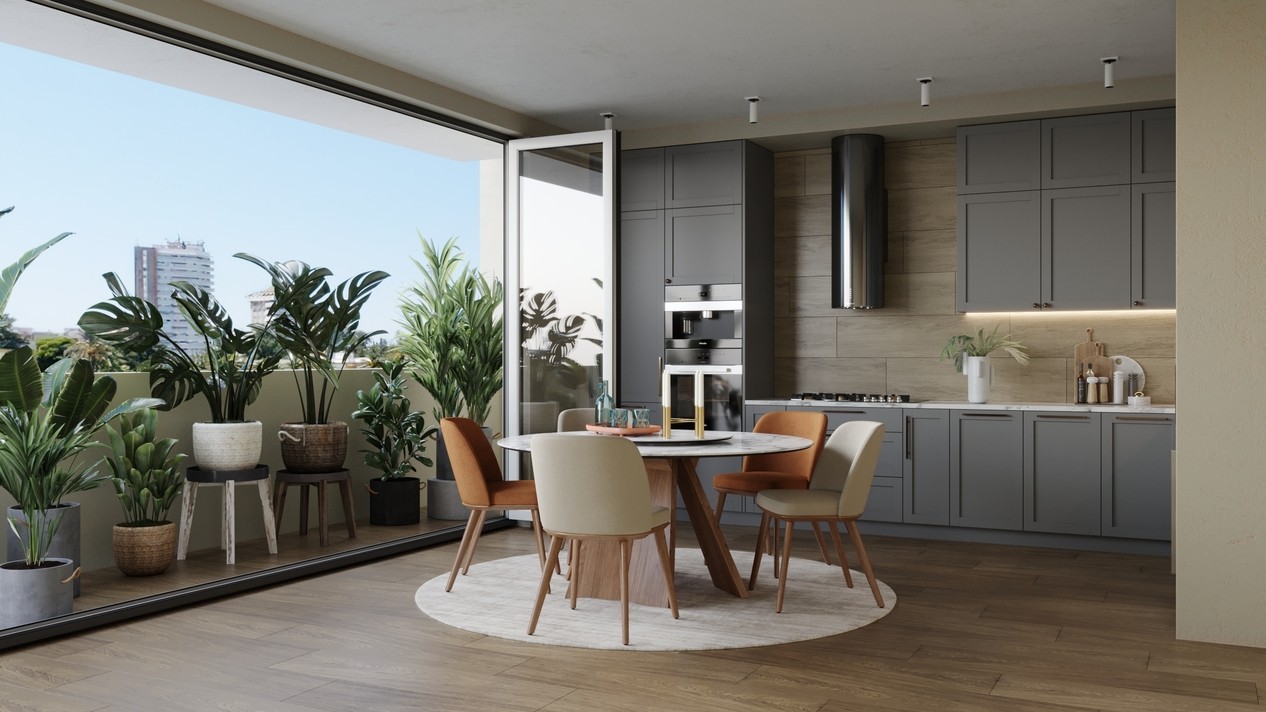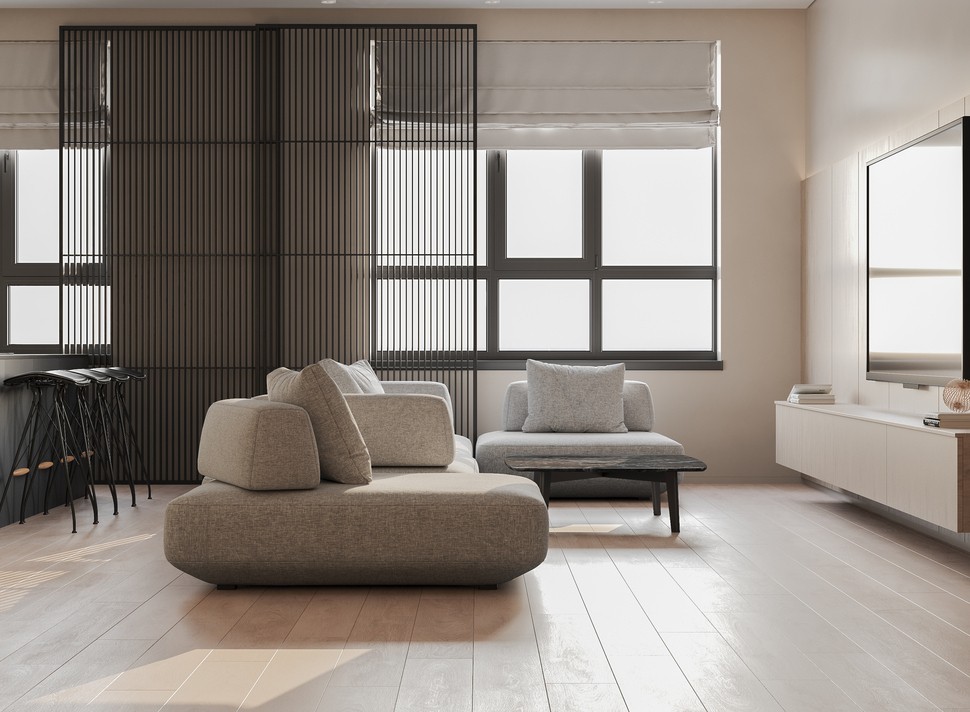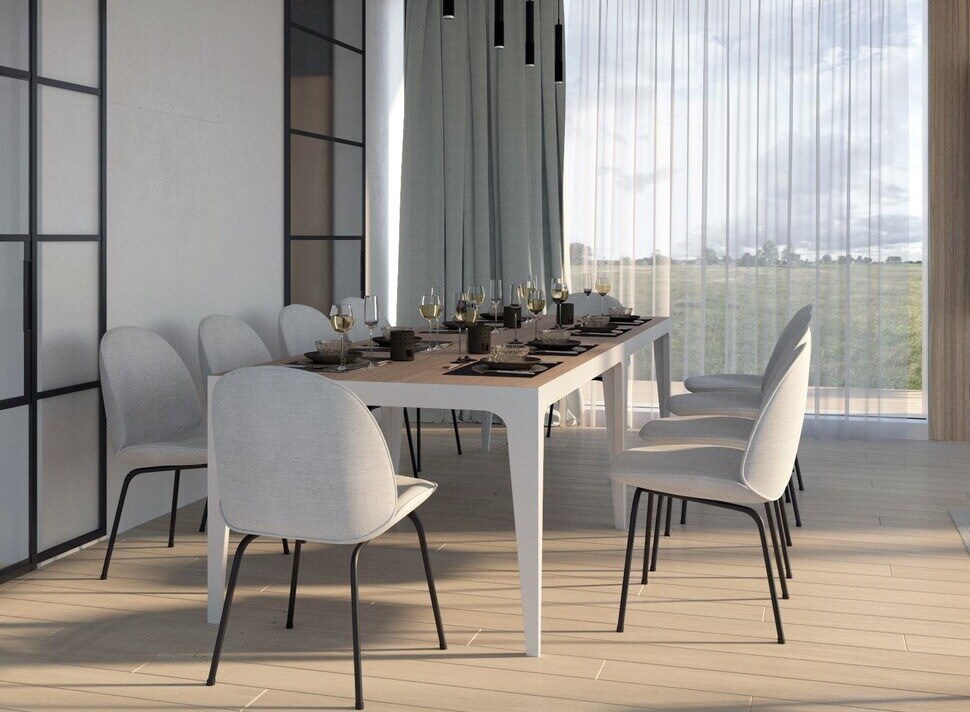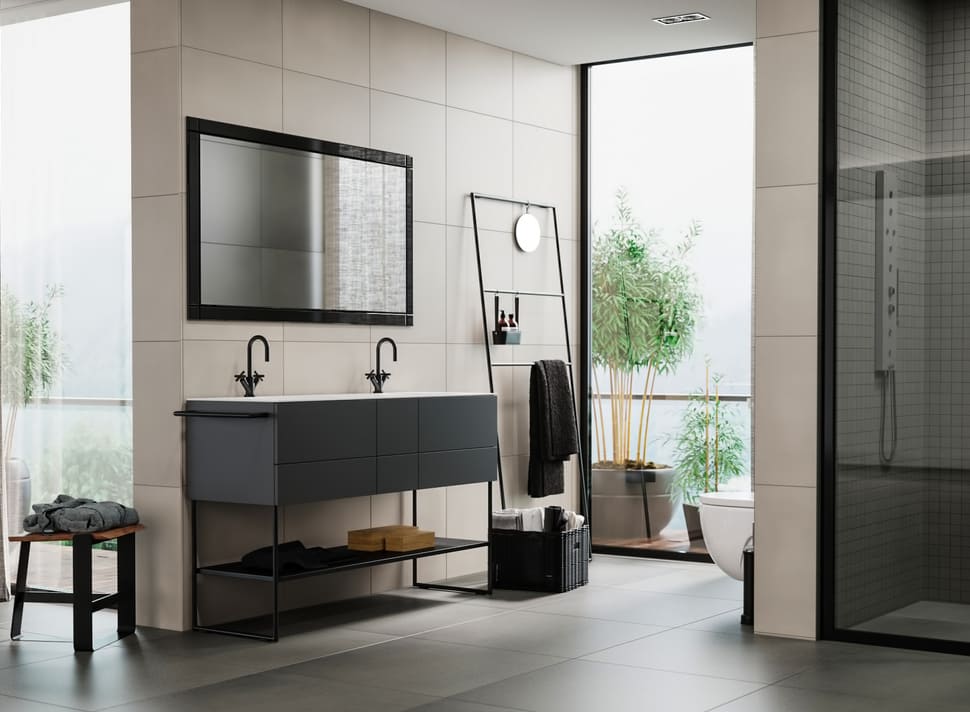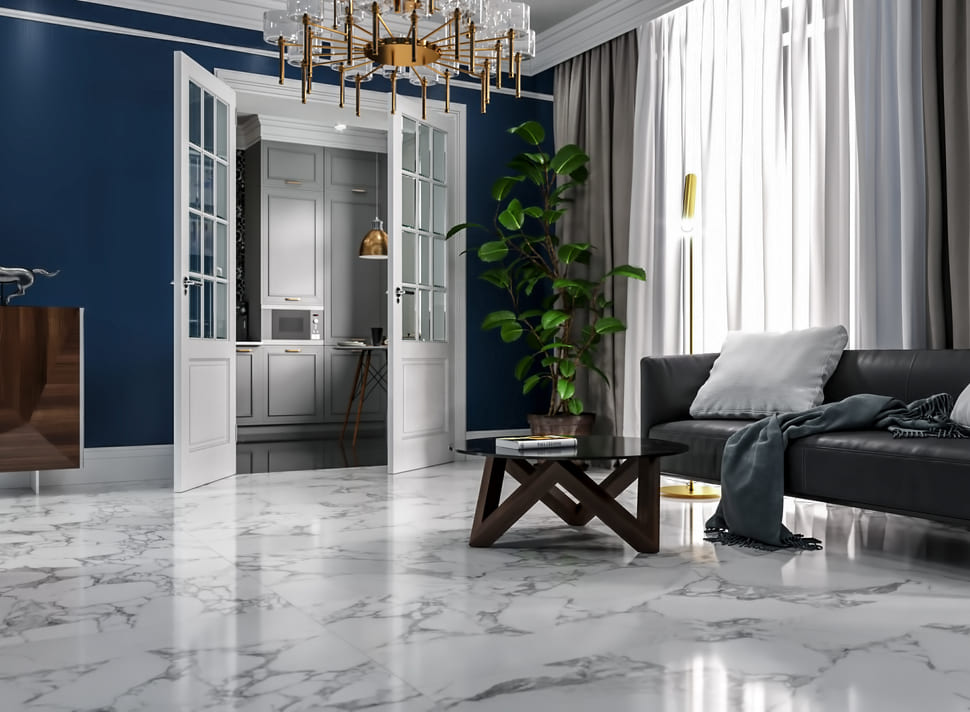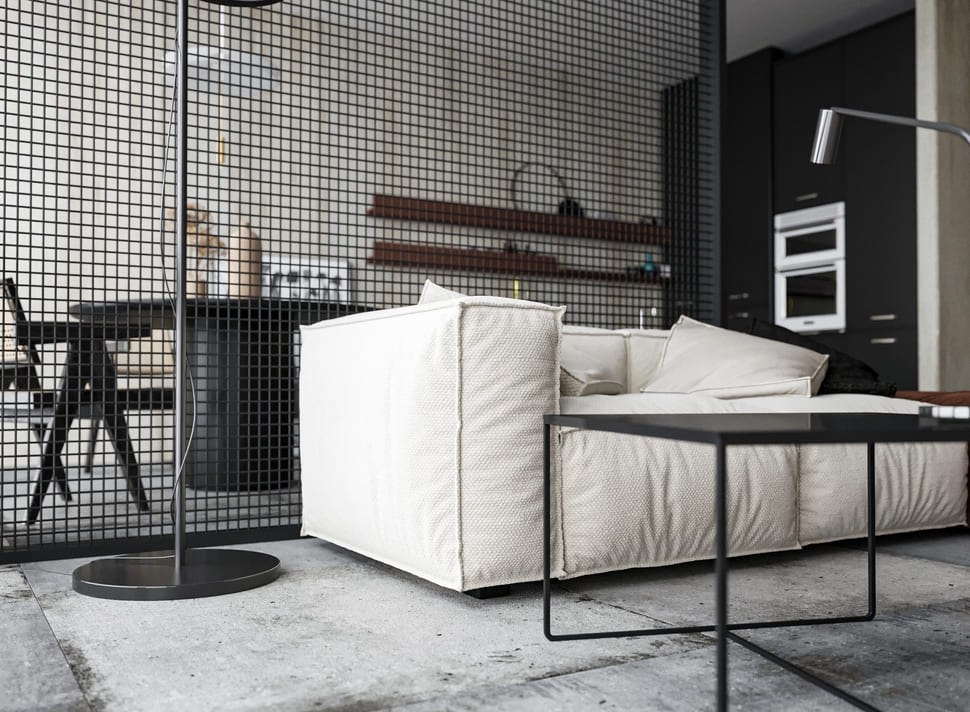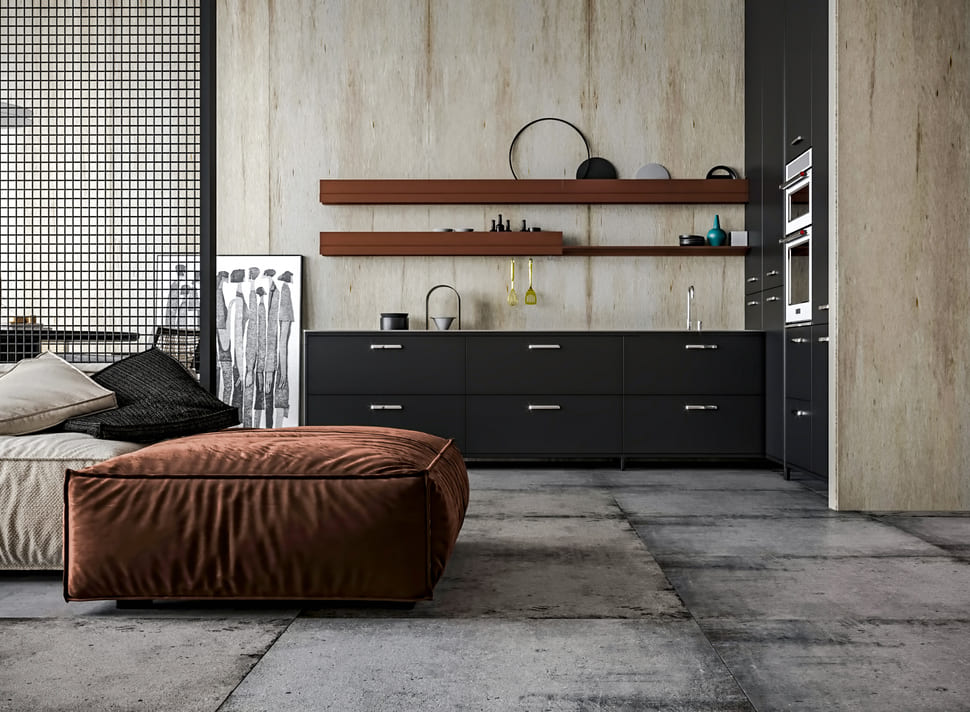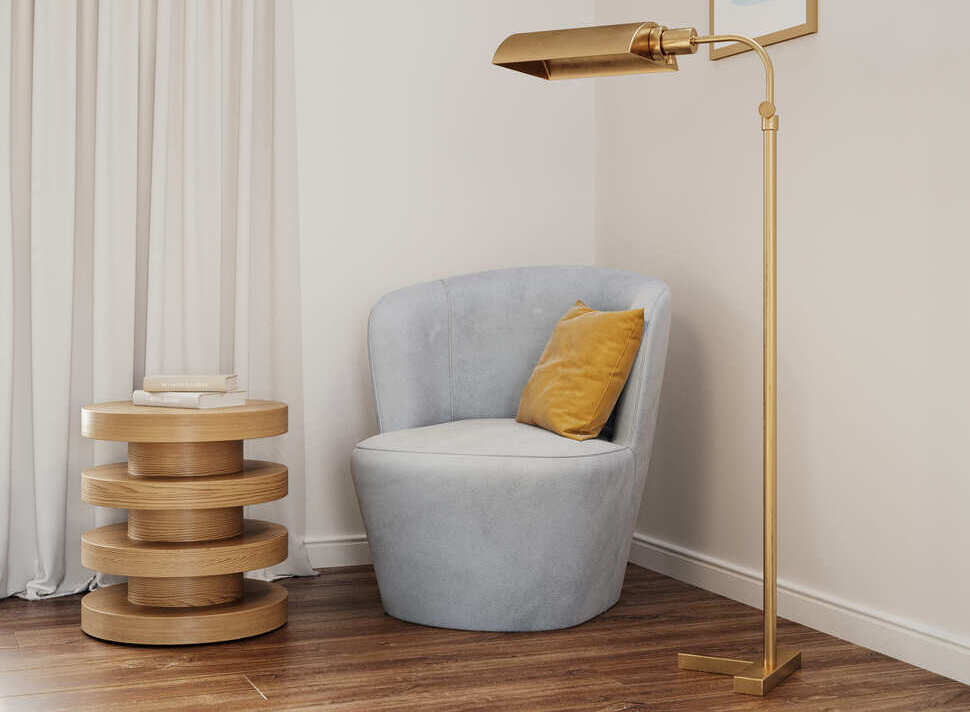AI in 3D Interior Rendering: Precision and Creativity Combined
At YouSee Studio, we are currently investigating the potential of AI technologies to enhance our traditional 3D modeling processes. This article provides insights into potential AI applications in 3D rendering, reflecting our commitment to innovation and excellence.
In the ever-evolving landscape of architectural Visualization, 3D interior rendering has emerged as a cornerstone of design communication. As technology advances at an unprecedented pace, integrating artificial intelligence (AI) into this field has sparked a revolution, redefining the boundaries of what's possible in virtual space creation. This fusion of AI and 3D interior rendering is not merely a technological upgrade; it's a paradigm shift that promises to transform how we conceptualize, visualize, and experience interior spaces before they materialize in the physical world.
The AI-Powered Renaissance in 3D Visualization
The marriage of AI and 3D interior rendering is akin to giving a master artist a set of tools to anticipate their next stroke. This symbiosis has led to a renaissance in the field, where the precision of machine learning algorithms complements designers' creative vision. The result is a new breed of interior visualizations that are stunningly realistic and imbued with a level of detail and creativity that was previously unattainable.
Consider the statistics: According to a recent industry survey, 78% of architectural firms that have adopted AI-enhanced 3D rendering tools report a 40% increase in client satisfaction and a 35% reduction in design iteration time. These numbers underscore AI's transformative impact on the industry, highlighting its ability to bridge the gap between imagination and realization.
Unprecedented Precision in Spatial Representation
One of AI's most significant contributions to 3D interior rendering is the enhancement of spatial accuracy. Traditional rendering methods often needed help with complex geometries and intricate details, leading to discrepancies between the virtual model and the final built environment. AI algorithms, trained on vast datasets of architectural plans and real-world measurements, can now generate renderings with a precision that borders on prescience.
For instance, TechnoVision Solutions' AI-powered rendering system boasts an accuracy rate of 99.7% in translating 2D floor plans into 3D models. This near-perfect precision extends to the minutiae of interior spaces, from the exact placement of electrical outlets to the subtle variations in wall textures. The implications of this accuracy are profound, allowing designers to foresee and resolve potential issues in the virtual realm long before construction begins.
Unleashing Creativity Through Generative Design
While precision is crucial, the infusion of creativity genuinely sets AI-enhanced 3D interior rendering apart. Generative design algorithms, a subset of AI, are revolutionizing the creative process by proposing countless design variations based on set parameters. This approach expands the designer's palette of possibilities and introduces novel concepts that might have yet to be considered.
A case in point is the AI-driven design platform CreativeSpaceAI, which can generate over 10,000 unique interior layouts for a single room in under 60 seconds. Each layout adheres to specified design principles and functional requirements while offering unexpected and often ingenious solutions. This capability has led to a 250% increase in the number of design concepts presented to clients, significantly enhancing the likelihood of finding the perfect match for their vision.
Photorealistic Rendering at the Speed of Thought
The time-consuming nature of creating photorealistic renderings has long been a bottleneck in the design process. AI is shattering this limitation, enabling the production of stunningly lifelike images at unprecedented speeds. Machine learning algorithms can now analyze and replicate complex lighting conditions, material properties, and atmospheric effects with a level of fidelity that was once the exclusive domain of Hollywood visual effects studios.
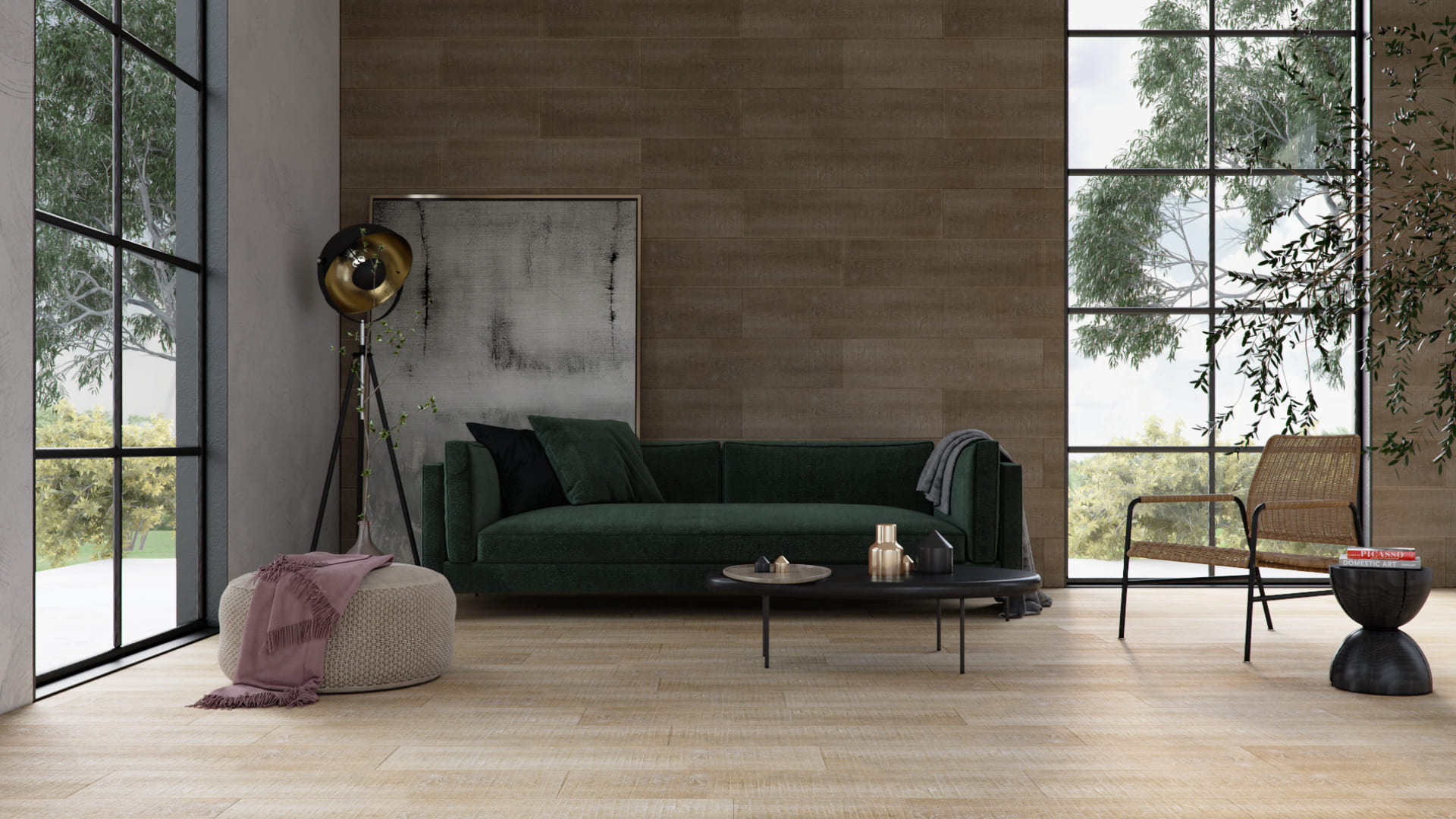
Image from Yousee Studio
The RenderX AI engine, for example, can produce a fully rendered, photorealistic interior scene in just 3 minutes, compared to the industry average of 4-6 hours for comparable quality using traditional methods. This 95% reduction in rendering time allows designers to iterate and experiment more freely, pushing the boundaries of their creative vision without the constraints of lengthy processing times.
Adaptive Lighting and Material Simulation
One of the most challenging aspects of interior rendering has always been the accurate representation of lighting and materials. AI algorithms can now simulate the intricate interplay of light and surface properties with astounding realism. These systems can adapt to changes in lighting conditions, time of day, and even seasonal variations, providing a dynamic view of the space that evolves with environmental factors.
The LuminAI system, developed by a team of researchers at the University of California, can simulate up to 1,000 lighting scenarios for a single interior space in real-time. This capability allows designers to visualize how their creations will appear under various conditions, from the warm glow of sunset to the stark illumination of a stormy day. Moreover, AI-driven material libraries can suggest textures and finishes that complement the overall design aesthetic, with an accuracy rate of 92% in predicting client preferences based on their past choices and current trends.
Personalization and User Experience Optimization
AI's role in 3D interior rendering extends beyond the visual realm into the domain of personalization and user experience. By analyzing vast amounts of data on human behavior, preferences, and ergonomics, AI can suggest design modifications that enhance comfort, functionality, and aesthetic appeal per client.
The AI-powered platform, InteriOracle, utilizes machine learning algorithms to process data from over 50,000 successful interior design projects. It can predict user satisfaction with 87% accuracy and propose tailored design elements that increase the likelihood of project approval by up to 60%. This level of personalization ensures that each rendered space is visually appealing and optimized for the specific needs and tastes of its intended occupants.
Sustainable Design Integration
As sustainability becomes an increasingly critical consideration in interior design, AI is pivotal in integrating eco-friendly elements into 3D renderings. Machine learning models can analyze the environmental impact of various materials, lighting solutions, and spatial arrangements, suggesting alternatives that reduce carbon footprint without compromising aesthetics or functionality.
The EcoRender AI suite, for instance, can calculate the potential energy savings and environmental benefits of different design choices with 95% accuracy. It can simulate the long-term effects of sustainable design elements, such as natural lighting optimization and passive cooling systems, providing designers with compelling visual and data-driven arguments for eco-conscious choices. Integrating sustainability metrics into the rendering process has led to a 40% increase in firms adopting green design practices using AI-enhanced tools.
Virtual Reality and Immersive Experiences
The synergy between AI and virtual reality (VR) pushes the boundaries of immersive 3D interior rendering. AI algorithms can now generate VR-ready environments that respond to user interaction in real time, creating a sense of presence that was previously unattainable. This technology allows clients to "walk through" their future spaces, experiencing the nuances of scale, proportion, and atmosphere firsthand.
VRchitect, a pioneering AI-VR platform, has reported that clients who experience their designs in virtual reality are 75% more likely to approve projects without significant revisions. The platform's AI component can adjust the virtual environment on the fly, responding to users' verbal feedback and gestural cues to refine the design in real-time. This iterative process has reduced the average time from concept to final approval by 30%, streamlining the design workflow.
Collaborative AI and Human Creativity
The most exciting aspect of AI in 3D interior rendering is its potential to augment rather than replace human creativity. AI systems are increasingly designed to work alongside human designers, acting as intelligent assistants that can handle routine tasks, suggest improvements, and even learn from their human counterparts' creative decisions.
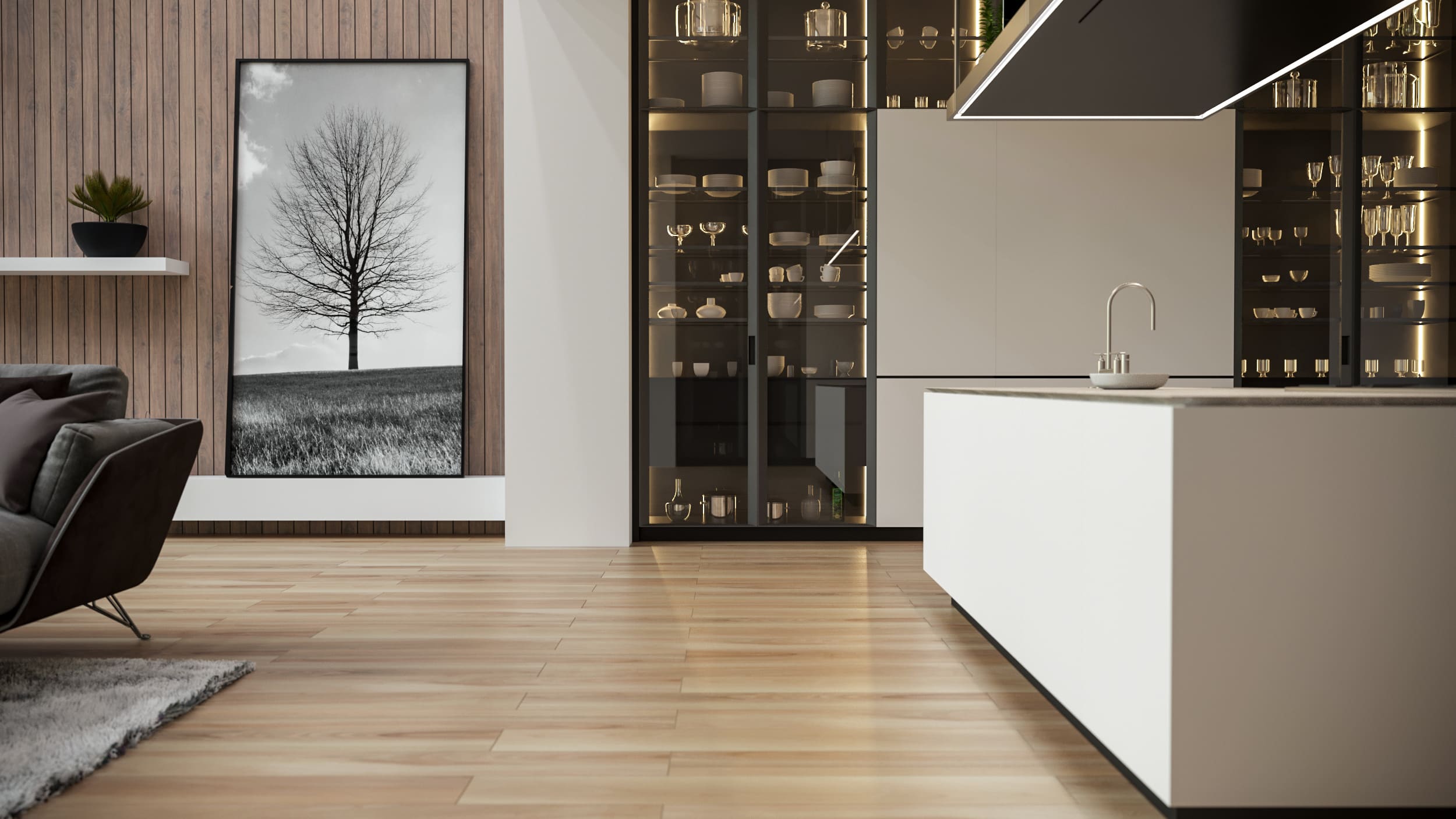
Image from Yousee Studio
The CollaborAI platform exemplifies this symbiotic relationship. It uses machine learning to analyze individual designers' working patterns and stylistic preferences, adapting its suggestions and workflow to complement their unique approach. Early adopters of CollaborAI have reported a 45% increase in productivity and a 25% boost in creative output, as measured by the number of unique design concepts generated per project.
Ethical Considerations and the Human Touch
As we embrace AI's transformative potential in 3D interior rendering, it's crucial to address the ethical considerations that accompany this technological leap. Questions of data privacy, algorithmic bias, and the preservation of human creativity in an increasingly automated field must be carefully navigated.
Industry leaders advocate for transparent AI systems that can explain their decision-making processes, ensuring that designers retain creative control and make informed choices. The AIthics Initiative, a consortium of design firms and tech companies, has established guidelines for the ethical use of AI in interior design, emphasizing the importance of human oversight and the need to maintain a balance between technological efficiency and creative integrity.
In conclusion, integrating AI into 3D interior rendering represents a quantum leap in architectural Visualization. By combining unparalleled precision with enhanced creativity, AI is not just improving renderings' quality but fundamentally changing how we approach interior design. As we stand on the cusp of this new era, the innovation potential seems limitless. The challenge now lies in harnessing this powerful technology responsibly, ensuring that it serves to amplify human creativity rather than supplant it. As we move forward, the most successful designers will be those who learn to dance with their AI partners, creating spaces that are not only visually stunning but also profoundly attuned to the needs and aspirations of those who will inhabit them.
Contact us at YouSee Studio for captivating 3D renderings and immersive virtual experiences.
Ray Lisbon is a content writer and the author of this article.

